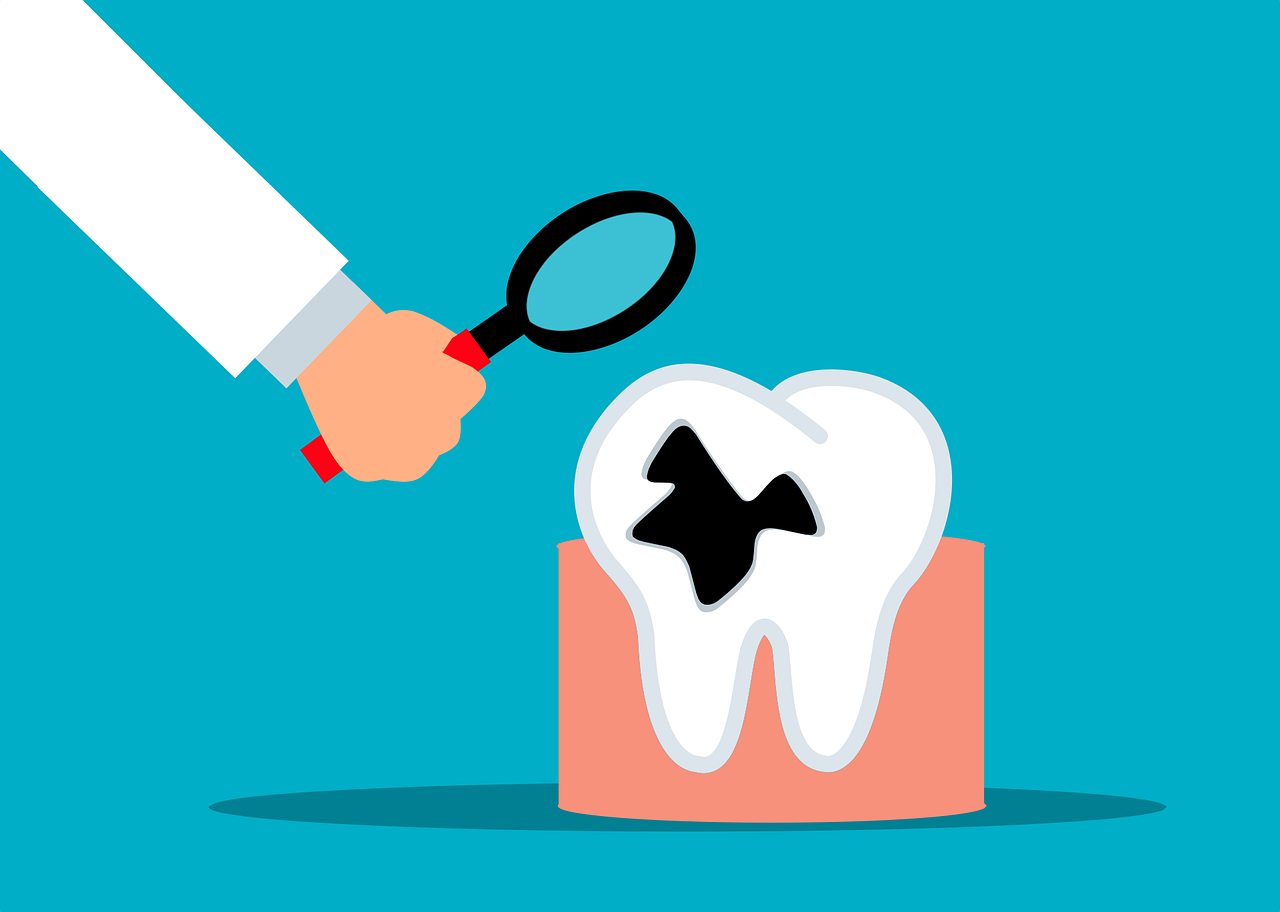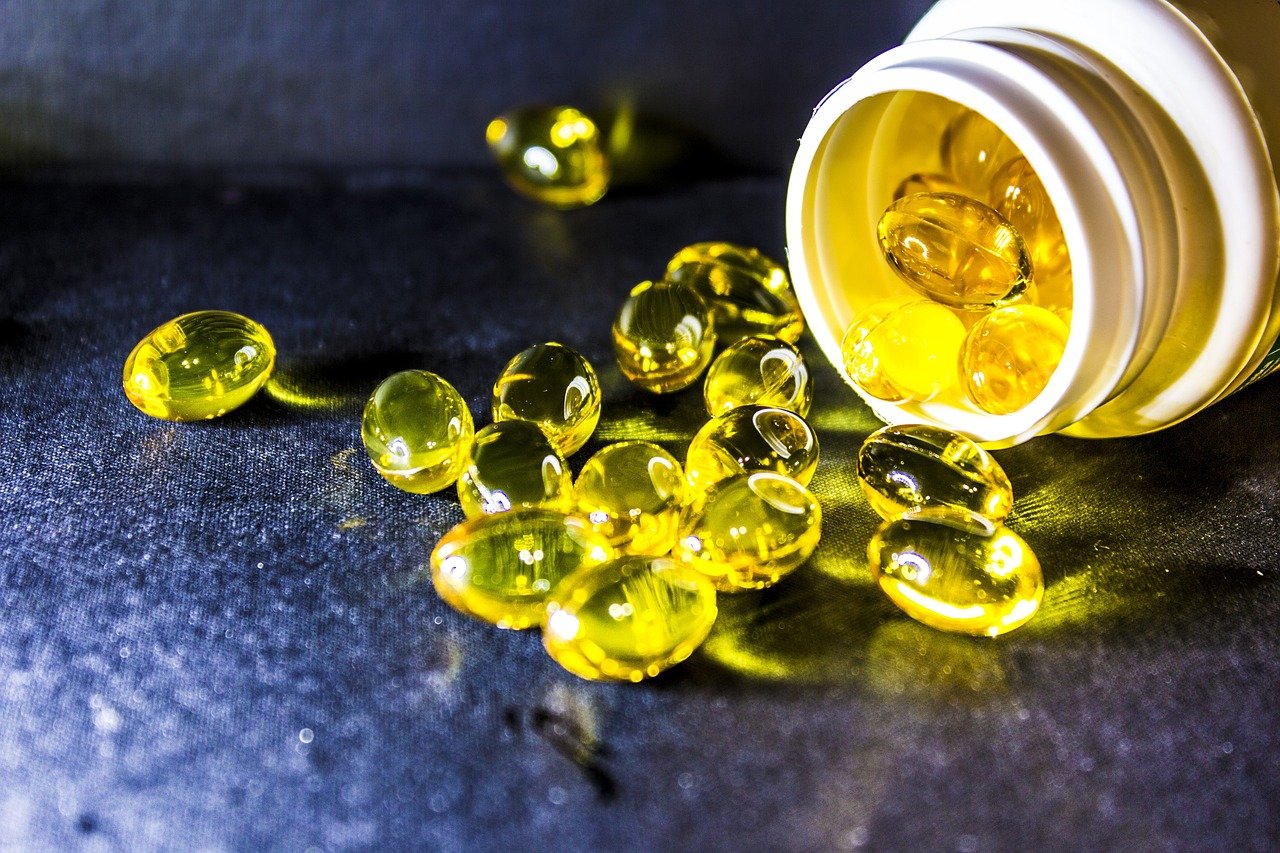Our mouths are full of bacteria. Hundreds of different types live on our teeth, gums, tongue, and other places in our mouths. Some bacteria are helpful. But some can be harmful such as those that play a role in the tooth decay process. Infection with specific kinds of bacteria that use the sugars in food to create acids causes tooth decay. These acids have the potential to cause a cavity over time.
Cavities, which appear as tiny openings or holes, are areas of your teeth’ hard surface that have been permanently damaged. Cavities, also known as tooth decay or caries, are brought on by several things like oral bacteria, frequent snacking, drinking sugary beverages, and not brushing your teeth thoroughly. If left untreated, cavities deepen and affect more layers of your teeth. They may result in a painful toothache, an infection, or tooth loss. Your best defense against cavities and tooth decay is to visit the dentist regularly and practice good brushing and flossing techniques.
Among the most prevalent health issues worldwide are cavities and tooth decay. Children, teenagers, and older adults are particularly susceptible to them. Cavities can, however, affect anyone who has teeth, even young children.
What causes a cavity to form?
The regular consumption of foods and beverages, especially those high in sugar and starches, exposes teeth to acid regularly, which contributes to the loss of minerals from the tooth’s enamel. A white spot or demineralization on the surface of the tooth may result from this acid attack on the enamel repeatedly, which may cause tooth decay.
More minerals are lost as the tooth decay process progresses. A cavity develops as a result of the enamel’s weakening and destruction over time. A dentist must use a filling or restoration to fix a cavity because it causes permanent damage.
Different Ways of preventing the Tooth Decay
With an increase in tooth decay, different signs and symptoms arise in the patient such as
- Toothache or pain in the pain that can be both spontaneous or arises without any definitive cause
- Sensitivity to hot and cold things in teeth
- When consuming sweet, hot, or cold foods or beverages, there may be mild to severe pain
- Teeth with apparent stains or pits
- A brown, black, or white stain on any tooth surface
- The discomfort of biting down or chewing the food particles
Multiple ways might help you in preventing dental or tooth decay. Some of the most popular ones are explained as
Brush the Teeth
Brushing your teeth thoroughly with fluoride-containing toothpaste at least twice a day is crucial in the fight against cavities. Both electric or standard toothbrushes can be used to brush and thoroughly cleaning of the teeth surfaces. Front, back, and top teeth surfaces should all be thoroughly cleaned. Plaque is removed when you brush your teeth, but because it will reappear in a short period, you should brush your teeth at least twice daily.
Daily Flossing or Cleaning Between Your Teeth
When you eat, food crumbs get caught in between your teeth. Cavities may result from the debris if it is not removed. The best way to get food particles out from between the teeth is to floss or use an interdental cleaner every day.
Eat Healthy and Nutritious Food
Good dental health is greatly influenced by proper nutrition. Avoid developing a routine of frequently consuming sugary snacks, such as hard candies and other sugary foods. Plaque on your teeth can be avoided by eating nutrient-dense snacks and consuming fewer sugary beverages while drinking lots of water.
See a dentist and a dental hygienist regularly
Only a dentist or a dental X-ray can help in locating dental or tooth cavities. Regular dental checkups and cleanings are essential for maintaining good oral hygiene and preventing cavities. If you want to strengthen your teeth, you might also want to discuss with your dentist whether you should take additional fluoride. You can get advice from the dental hygienist on how to brush and floss properly so that you are confident in your technique.
Have Sealants Placed
Applied to the biting surfaces of the posterior or back teeth such as premolars and molars, dental sealants act as a protective coating. By providing a barrier against bacteria and plaque, the sealant helps prevent cavities on teeth. Because permanent teeth are still erupting, sealants are more common in children, but they can also be helpful for adults.
Use mouthwash
Many antimicrobial mouthwashes, including Chlorhexidine, are available on the market and have been clinically shown to reduce plaque. After brushing or eating, rinsing your mouth with one of these products can help prevent cavities and infection in the gums.
Chew (Sugarless) Gum
Contrary to popular belief, chewing some sugarless gums can help prevent cavities by promoting saliva production. For their assistance in preventing cavities, Wrigley’s Orbit, Trident, and Quip chewing gum received the American Dental Association’s Seal of Acceptance in 2007. On Bazooka Sugar-Free Bubble Gum and other sugar-free gum, look for the Seal of Acceptance. You can now use this as an excuse to blow bubbles.
Takeaway
Cavities and tooth decay can be prevented with good oral and dental hygiene. Apart from maintaining proper oral hygiene including regular tooth brushing and flossing, one must eat healthy and nutritious food. Also, regular visits to a dentist at least every six months should be planned by everyone to maintain proper oral hygiene.






